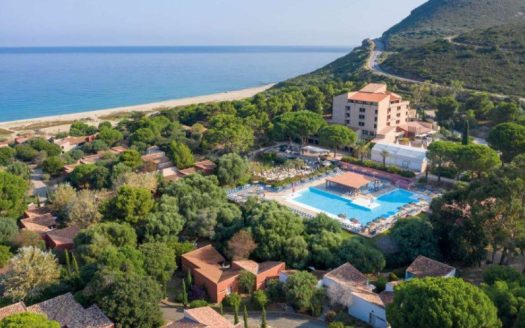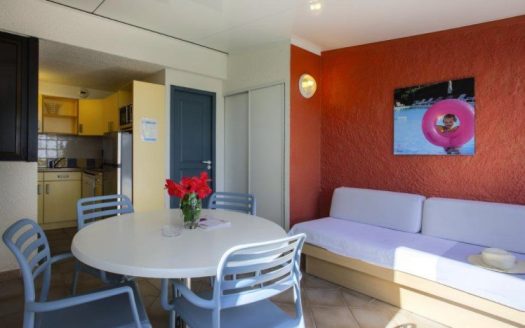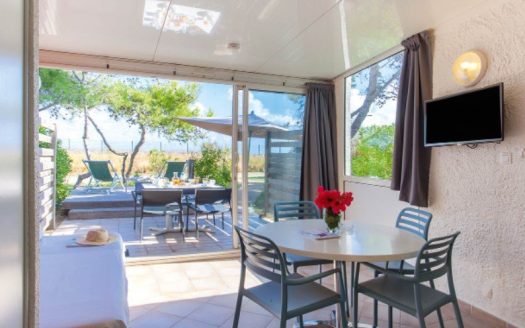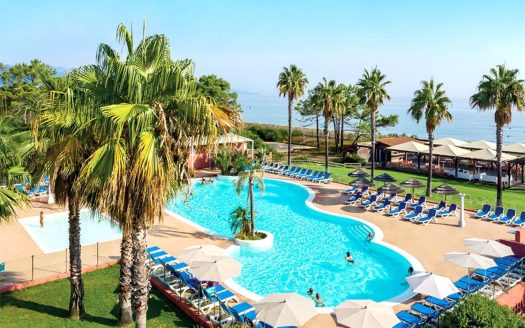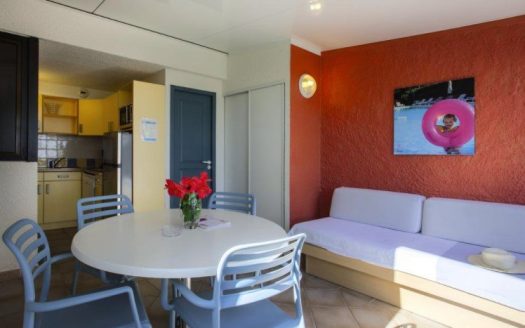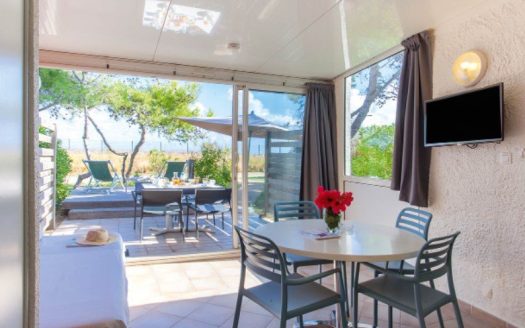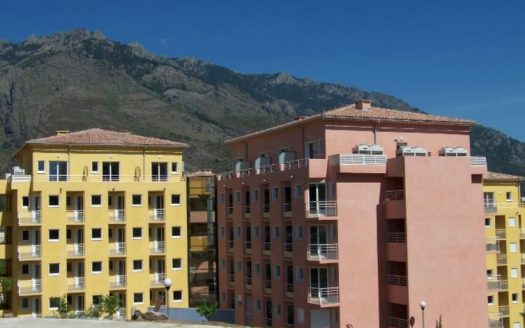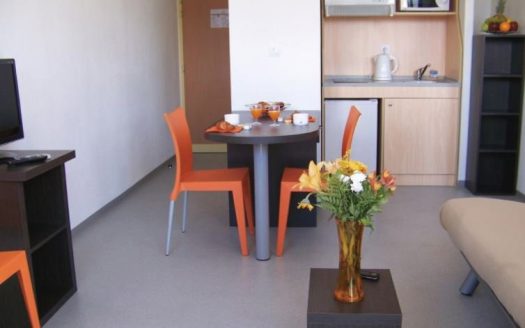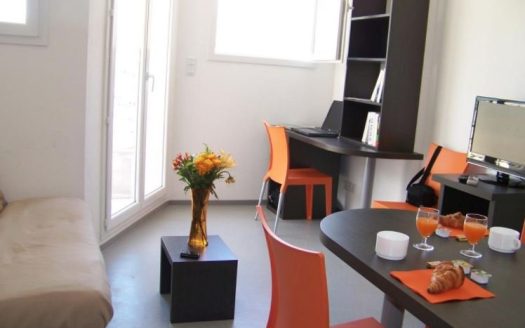Discover our properties for sale in Corsica, France
Known as the “Island of Beauty,” Corsica (Corse) is a Mediterranean gem offering breathtaking landscapes, pristine beaches, and a unique cultural heritage. This enchanting island combines French sophistication with Italian influences, creating an atmosphere unlike anywhere else in the world. From the vibrant coastal cities of Ajaccio and Bastia to the charming hilltop villages and untouched natural beauty, Corsica is an idyllic destination for property buyers seeking luxury, tranquility, or investment potential.
Corsica consists of 2 départements: Corse-du-Sud (2A) and Haute-Corse (2B).
Whether you’re looking for a seaside villa, a countryside retreat, or an urban apartment, Corsica’s diverse property market caters to all tastes and budgets.
Geography and Climate: An Island Paradise
Corsica’s geography is as diverse as it is stunning. The island is characterized by rugged mountains, dense forests, and a coastline dotted with hidden coves, sandy beaches, and turquoise waters. Natural highlights include the dramatic Calanques de Piana, the white cliffs of Bonifacio, and the scenic Scandola Nature Reserve, a UNESCO World Heritage Site.
Corsica enjoys a Mediterranean climate, with warm, dry summers and mild winters. This pleasant weather, combined with its breathtaking scenery, makes the island an ideal location for year-round living, vacation homes, or holiday rentals.
Cultural and Historical Highlights: A Unique Blend of Influences
Corsica boasts a rich cultural heritage shaped by its French and Italian influences. Ajaccio, the island’s capital, is famed as the birthplace of Napoleon Bonaparte and offers historical landmarks such as Maison Bonaparte and the Ajaccio Cathedral. Bastia, with its vibrant old port and Genoese architecture, is a hub of Corsican culture and history.
The island’s traditions are celebrated through its music, crafts, and cuisine. Corsican gastronomy features local specialties such as charcuterie, goat cheese, and wines, offering a true taste of the island. Festivals like the Calvi on the Rocks music festival and traditional religious processions add to the cultural richness of life in Corsica.
Lifestyle and Amenities: Relaxed Island Living
Living in Corsica offers an exceptional quality of life, combining the tranquility of island living with modern conveniences. Coastal cities like Ajaccio and Porto-Vecchio provide excellent schools, healthcare facilities, and vibrant shopping and dining scenes. For those seeking a slower pace, Corsica’s inland villages and countryside offer a serene escape surrounded by nature.
Corsica is easily accessible by air and sea, with airports in Ajaccio, Bastia, Calvi, and Figari, as well as ferry connections to mainland France and Italy. Outdoor enthusiasts will find countless opportunities for adventure, from hiking the famous GR20 trail to snorkeling and sailing along the coast. Whether you prefer an active lifestyle or peaceful relaxation, Corsica offers something for everyone.
Real Estate Opportunities: From Coastal Villas to Rustic Retreats
Corsica’s property market is as diverse as its landscapes. Luxury villas along the coast, particularly near Porto-Vecchio and Calvi, attract buyers seeking stunning sea views and modern comforts. Charming stone houses in the island’s hilltop villages provide a more traditional and peaceful setting, while apartments in Ajaccio and Bastia offer urban convenience.
For investors, the island’s popularity as a tourist destination ensures strong demand for holiday rentals, especially in coastal areas. Property prices in Corsica are competitive compared to other Mediterranean islands, making it an attractive option for buyers looking for value and long-term potential. Whether you’re searching for a permanent residence, a holiday home, or an investment property, Corsica offers exceptional opportunities.
Start Your Property Journey in Corsica
Ready to explore the property market in Corsica? Sextant Properties offers an exclusive selection of homes for sale on this stunning Mediterranean island. From luxurious seaside villas to charming countryside retreats, our expert team is here to help you find the perfect property to match your lifestyle and goals.
Contact us today to learn more about real estate opportunities in Corsica or browse our portfolio online. Let us guide you in making your dream of owning property on the Island of Beauty a reality.
Discover your dream home in Corsica with Sextant Properties today.


